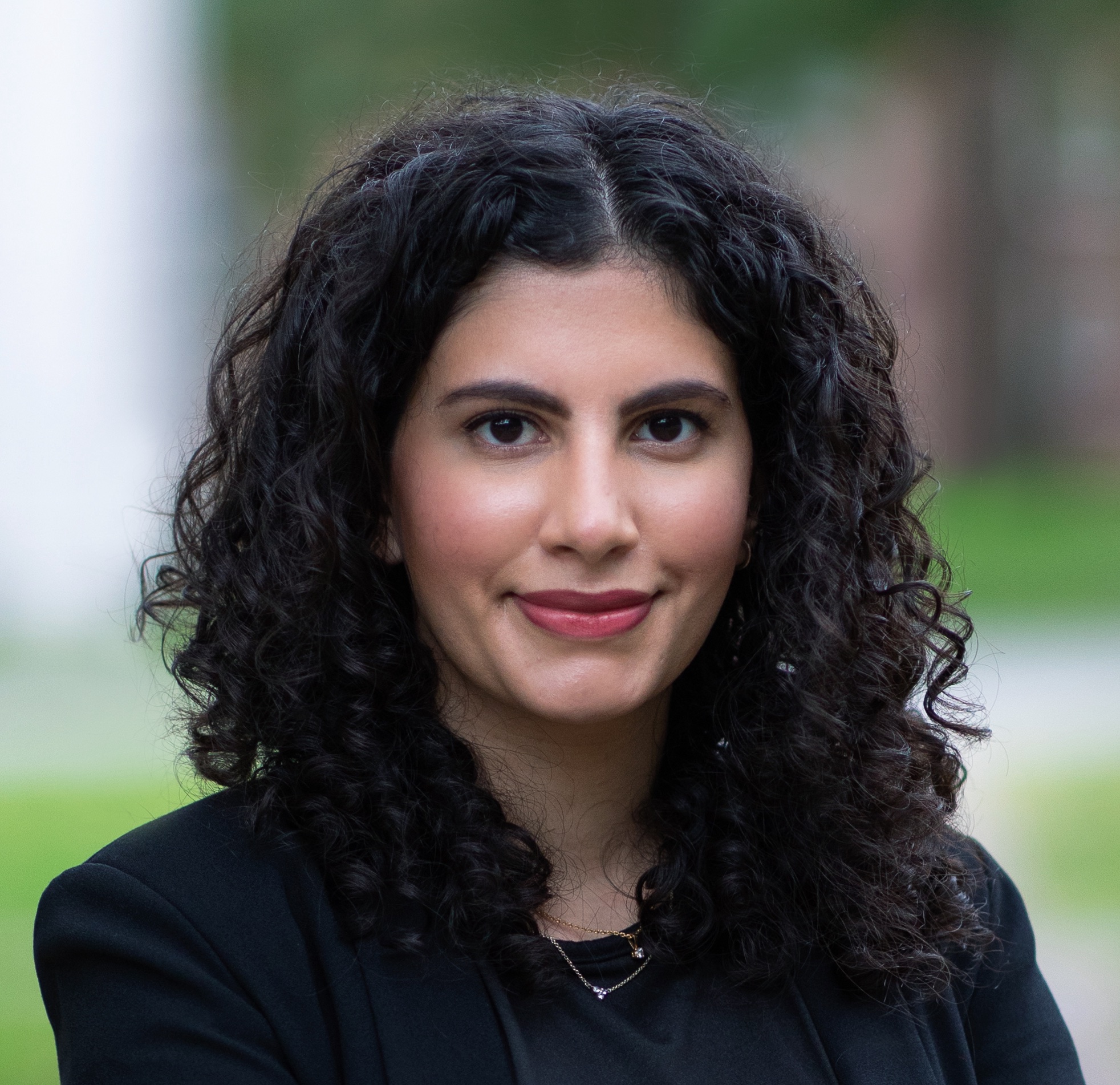Family membership has long been considered a “prototypical example” of a particular social group (PSG), one of the five protected grounds in the definition of refugee, the basis for asylum status and protection1. Federal courts,2 the Board of Immigration Appeals (beginning with its foundational 1985 decision in Matter of Acosta3), USCIS,4 UNHCR,5 major commentators,6 other state parties to the Refugee Convention,7 and virtually every U.S. circuit court has accepted this view of family membership as a PSG.8 In Acosta, the Board held that the PSG ground was defined by an innate characteristic or a characteristic that the applicant could not or should not be required to change; all the grounds are based in anti-discrimination principles grounded in international law.9 Later, the Board added “social distinction” and “particularity” as requirements for establishing a PSG.10 These added criteria have been heavily criticized, in part, for lack of clarity11 and their inconsistent application by administrative authorities.
The Board reaffirmed this interpretation in its 2017 decision in Matter of L-E-A-.12 However, in July 2019 then-Attorney General, William Barr, overruled L-E-A- (in a decision often referred to as L-E-A- II), finding that the Board had erred in recognizing the applicant’s immediate family as constituting a cognizable PSG.13 In Matter of L-E-A- II, an opinion that was largely dicta, the A.G. asserted that family units may not satisfy the social distinction requirement in these cases, and that family-based claims are generally suspect.14 L-E-A- II represents a sharp break from precedent, improperly dismissing the decades-long recognition of family membership as a PSG; this was part of continued efforts by the then-Trump Administration to erode,15 if not virtually eliminate, 40 years of asylum jurisprudence, grounded in the statute and in the treaty upon which it is based. 16
L-E-A- II, as noted, is largely dicta, but it represents a broad threat to well-established principles of asylum law. For example, the then-A.G. asserted that the particular family unit must be notorious to qualify as a PSG—recognizable by “society at large”—claiming that only well-known families can qualify.17 This is wrong. An asylum seeker need not be a Romanov (an example referenced by the Board) or a Kardashian to satisfy this PSG standard.18 The Board then latched onto this reasoning in a subsequent case, Matter of E-R-A-L-, in which it rejected a family-based claim on the grounds that the applicant failed to show how his family was regarded as anything besides a “typical nuclear family in Guatemala.” 19
In both L-E-A- II and E-R-A-L-, the Board and the then-A.G. Barr describe family-based PSGs as too “vague” or “amorphous,” allowing too many asylum applicants to claim membership in this PSG.20 However, the refugee definition, the basis for asylum protection, encompasses other large, protected grounds, i.e. race, nationality, religion, and political opinion.21 It is the function of other parts of the refugee definition to particularize the claim, including the nexus, well-founded fear and serious harm arm of the persecution standards.22
Circuit courts, in reviewing appeals of Board decisions subsequent to L-E-A- II, have rejected the A.G.’s disavowal of family as a PSG. For example, the Seventh Circuit, in Jimenez-Aguilar v. Barr, rejected L-E-A- II’s interpretation of family as a PSG, applying its own long-standing position that the nuclear family qualifies as a PSG.23 Similarly, the Fourth Circuit, in Hernandez-Cartagena v. Barr, held that the record compelled the conclusion that family membership was “at least one central reason” for persecution,24 applying the circuit’s pre-L-E-A- II asylum framework, in which the nuclear family is a “prototypical example of a particular social group.”25 The Ninth Circuit has also refused to adopt the A.G.’s reasoning,26 the First Circuit has found that “maternal family” is a cognizable PSG post-L-E-A- II,27 and the Fifth Circuit has noted that L-E-A- II is at odds with the precedent of several circuits.28 Other Circuits, including the Sixth29 and Tenth,30 have acknowledged the A.G.’s decision in L-E-A- II, but have not altered their existing PSG standards as a result.
A lawsuit, S.A.P. v. Barr, that is currently pending in the D.C. District Court, further challenges the policy guidance implementing L-E-A- II, which requires asylum officers at the border to reject claims from applicants who fear harm based on family membership.31 Filed on behalf of 13 families from Guatemala, Honduras, Brazil, Mexico and El Salvador, the complaint in S.A.P. states, inter alia, that USCIS policy guidance that instructs asylum officers to apply L-E-A- II when conducting credible and reasonable fear interviews32 violates the plain language of the Immigration and Nationality Act.33 In a motion for summary judgment, the government, apparently backing away from the A.G.’s decision, argued that L-E-A- II (and USCIS’s guidance based on that decision) does not require that a family be “well-known” in order to satisfy the social distinction requirement.34 This is at odds with the plain language of L-E-A- II.35
This decision is not the first time that a Trump-appointed A.G. used an Alice in Wonderland-esque “I see what I eat” mentality in decision making. In Matter of A-B-, former A.G., Jeff Sessions— again, largely through dicta— attempted to make it virtually impossible for domestic violence and gang violence victims to qualify for asylum.36 However, when challenged in federal court, the government backtracked, stating at oral argument that “there is no general rule against such claims” and “none of these groups are categorically barred.”37 Taken together, L-E-A- II and A-B- highlight the problematic trend of the previous A.G.’s office using apparent dicta to try to subvert well-establish asylum law, and subsequently implementing devastating administrative rules—all the while refusing to follow well-establish precedent of virtually all circuit courts of appeal.
We write this shortly after the Biden Administration’s inauguration. With federal courts rejecting the A.G.’s attempt to eviscerate an entire category of refugees, the onus now shifts to the new administration to end the threat to this long-established doctrine of asylum law.
FOOTNOTES
1 See, e.g., Sanchez-Trujillo v. I.N.S.,801 F.2d 1571, 1576 (9th Cir. 1986).
2 See, e.g., Nunez-Baquedano v. Attorney General of United States, 701 Fed. Appx. 184, 188 (3d Cir. 2017) (“Perhaps a prototypical example of a ‘particular social group’ would consist of the immediate members of a certain family.”); Rios v. Lynch, 807 F.3d 1123, 1128 (9th Cir. 2015) (calling the members of an immediate family the
“quintessential particular social group”); Torres v. Mukasey, 551 F.3d 616, 629–30 (7th Cir. 2008) (affirming the Seventh Circuit’s long-standing position that family is a “cognizable social group”); Gebremichael v. INS, 10 F.3d 28, 36 (1st Cir. 1994) (“There can, in fact, be no plainer example of a social group based on common, identifiable and immutable characteristics than that of the nuclear family.”). For a collection of cases showing the broad acceptance of family membership at a PSG prior to L-E-A- II, see Deborah Anker, The Law of Asylum in the United States (Thomson Reuters) at § 5:44.
3 Matter of Acosta, 19 I. & N. Dec. 211, 233, 1985 WL 56042 (B.I.A. 1985) (stating that “kinship ties” is a common, immutable characteristic). See also Matter of L-E-A-, 27 I. & N. Dec. 40, 42, 2017 WL 2305431 (B.I.A. 2017) (collecting cases).
4 See Deborah Anker, The Law of Asylum in the United States (Thomson Reuters) at § 5:44.
5 United Nations High Commissioner for Refugees, UNHCR Position on Claims for Refugee Status Under the 1951 Convention Relating to the Status of Refugees Based on a Fear of Persecution Due to an Individual’s Membership of a Family or Clan Engaged in a Blood Feud, ¶ 18 (March 17, 2006), available at http://www.unhcr.org/refworld/docid/44201a574.html [perma.cc/7BSM-TGCA] (“[I]t is the UNHCR’s view that a family unit represents a classic example of a ‘particular social group.’ … Members of a family, whether through blood ties or through marriage and attendant kinship ties, meet the requirements of the definition by sharing a common characteristic which is innate and unchangeable, as well as fundamental and protected.”).
6 See, e.g., James C. Hathaway and Michelle Foster, The Law of Refugee Status (2014); Deborah Anker, The Law of Asylum in the United States (Thomson Reuters) at § 5:44.
7 See Deborah Anker, The Law of Asylum in the United States (Thomson Reuters) at § 5:44, note 12.
8 See infra note 2.
9 Matter of Acosta, 19 I. & N. Dec. 211, 233, 1985 WL 56042 (B.I.A. 1985).
10 Matter of M-E-V-G-, 26 I. & N. Dec. 227, 2014 WL 524499 (B.I.A. 2014).
11 See Deborah Anker, The Law of Asylum in the United States (Thomson Reuters) at § 5:43.
12 Although the Board affirmed that family membership could be a PSG, it denied the claim based on lack of “nexus,” or a causal connection between the ground and the persecution or feared persecution. The Board in L-E-A-, however,did not create a ‘double nexus’ requirement for family-based PSG claims (that the protected ground must apply to both the person threatened and the targeted family member , a highly anticipated portion of the decision). See Jeffrey S. Chase, Matter of L-E-A-: The BIA’s Missed Opportunity (June 22, 2017), available at https://www.jeffreyschase.com/blog/2017/6/11/matter-of-l-e-a-the-bias-missed-opportunity?=double20nexus. However, it did ignore the explicit statutorily-required mixed reasons test (which it supported in principle, but then did not apply), finding that the respondent had not established a nexus between the feared persecution and the protected family-based PSG. Matter of L-E-A-, 27 I. & N. Dec. 40, 46-47 (B.I.A. 2017). The Board’s application of the nexus requirement has been rejected by several federal courts. See Deborah Anker, The Law of Asylum in the United States (Thomson Reuters) at § 5:13.
13 Matter of L-E-A- II, 27 I. & N. Dec. 581, 586, 2019 WL 3492202 (U.S. Att’y Gen. 2019).
14 Matter of L-E-A- II, 27 I. & N. Dec. at 588 (quoting M-E-V-G-, 26 I. & N. Dec. at 237), 594 (“The average family—even if it would otherwise satisfy the immutability and particularity requirements—is unlikely to be so recognized.”). However, as one commentator points out “the true test for social distinction is whether the proposed group is consistent with how society divides itself. And families are the most basic way that society divides itself into groups.” Jeffrey S. Chase, L-E-A-: How Much Did the AG Change? (August 11, 2019), available at https://www.jeffreyschase.com/blog/2019/8/11/l-e-a-how-much-did-the-ag-change?rq=L-E-A-.
15 See, e.g., Procedures for Asylum and Withholding of Removal; Credible Fear and Reasonable Fear Review, 85 Fed. Reg. 36264 (Jun. 15, 2020). See also Harvard Immigration and Refugee Clinical Program, Court Blocks Illegal “Death to Asylum” Trump Rule (Jan. 9, 2021), available at https://harvardimmigrationclinic.org/2021/01/09/breaking-court-blocks-illegal-death-to-asylum-trump-rule/.
16 See, e.g., James C. Hathaway and Michelle Foster, The Law of Refugee Status 445–46 (2014); Guy S. Goodwin Gill and Jane McAdam, The Refugee in International Law 76 (3d. ed. 2007).
17 Matter of L-E-A-, 27 I. & N. Dec. 581, 582, 2019 WL 3492202.
18 See Jeffrey S. Chase, L-E-A-: How Much Did the AG Change? (August 11, 2019), available at https://www.jeffreyschase.com/blog/2019/8/11/l-e-a-how-much-did-the-ag-change?rq=L-E-A-.
19 Matter of E-R-A-L-, 27 I. & N. Dec. 767, 774 n.9, 2020 WL 705300 (B.I.A. 2020)
20 Matter of L-E-A- II, 27 I. & N. Dec. 581, 593, 2019 WL 3492202 (U.S. Att’y Gen. 2019) (“As almost every alien is a member of a family of some kind, categorically recognizing families as particular social groups would render virtually every alien a member of a particular social group.”).
21 See Jeffrey S. Chase, L-E-A-: How Much Did the AG Change? (August 11, 2019), available at https://www.jeffreyschase.com/blog/2019/8/11/l-e-a-how-much-did-the-ag-change?rq=L-E-A-. (“Every noncitizen is also a member of a race and a nationality. And most believe in a religion of some type. But no court has suggested that those categories are therefore too wide to form a protected ground for asylum purposes.”).
22 See Deborah Anker, The Law of Asylum in the United States (Thomson Reuters) at § 2:3 and § 4:4.
23 Jimenez-Aguilar v. Barr, 2020 WL 5905125 (7th Cir. 2020).
24 Hernandez-Cartagena v. Barr, 977 F.3d 316, 320 (4th Cir. 2020). See also Cedillos-Cedillos v. Barr, 962 F.3d 817 (4th Cir. 2020).
25 Hernandez-Cartagena v. Barr, 977 F.3d 316, 319-320 (4th Cir. 2020) (quoting Cedillos-Cedillos v. Barr, 962 F.3d 817, 824 (4th Cir. 2020)).
26 Gutierrez Hernandez v. Barr, 829 F. App’x 749, 751 (9th Cir. 2020).
27 See Enamorado-Rodriguez v. Barr, 941 F.3d 589, 597 (1st Cir. 2019).
28 Pena Oseguera v. Barr, 936 F.3d 249, 251 (5th Cir. 2019), as revised (Oct. 15, 2019) (recognizing that L-E-A- II is at odds with precedent of several circuits, but not at odds with Fifth Circuit precedent).
29 Quintero-Florentino v. Barr, 788 F. App’x 348, 350-51 (6th Cir. 2019).
30 Orellana-Quintanilla v. Rosen, No. 19-9594, 2021 WL 71620 at *1(10th Cir. 2021); Saucedo-Miranda v. Barr, 785 F. App’x 586, 590 (10th Cir. 2019).
31 S.A.P. v. Barr, No. 1:19-cv-03549 (D.D.C. Nov. 25, 2019).
32 USCIS, Policy Memorandum: Guidance for Processing Reasonable Fear, Credible Fear, Asylum, and Refugee Claims in Accordance with Matter of L-E-A- 5–6 (Sept. 30, 2019), available at https://www.uscis.gov/sites/default/files/USCIS/Laws/Memoranda/2019/USCIS_Memorandum_LEA_FINAL.pdf [perma.cc/GQ2E-M4VP].
33 Complaint, S.A.P. v. Barr, No. 1:19-cv-03549 (D.D.C. Nov. 22, 2019) available at https://cliniclegal.org/resources/asylum-and-refugee-law/sap-v-barr-complaint [https://perma.cc/2GKT-X4DJ].
34 Defendants’ Motion for Summary Judgment, S.A.P. v. Barr, No. 1:19-cv-03549, 41 (D.D.C. Oct. 2, 2020) available with a subscription of Bloomberg Law, available at bloomberglaw.com.
35 Matter of L-E-A-, 27 I. & N. Dec. 581, 595, 2019 WL 3492202 (U.S. Att’y Gen. 2019).
36 Matter of A-B-, 27 I. & N. Dec. 316, 320 (2018) (“… claims by aliens pertaining to domestic violence or gang violence perpetrated by non-governmental actors will not qualify for asylum.”). See also Matter of A-B-, 28 I. & N. Dec. 199 (A.G. 2021).
37 Grace v. Barr, 965 F.3d 883, 906 (D.C. Cir. 2020).


